Sports Medicine / Physical Therapy at IPT
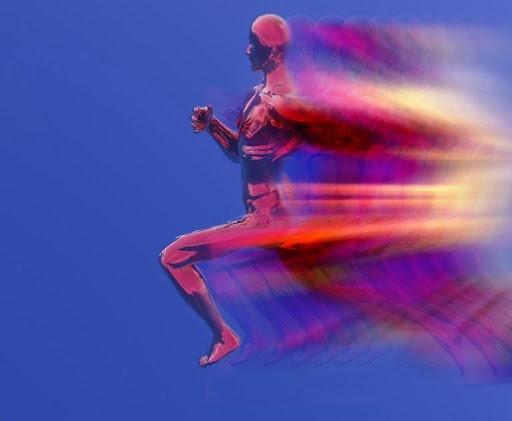
Sports Physical Therapy at Integrative Physical Therapy treats a full range of sports-related injuries and is committed to help athletes stay fit and healthy.
IPT Sports rehab offers so much more than current symptom relief – it offers sports injury prevention and natural performance enhancement. According to the Centers for Disease Control and Prevention (CDC), more than 50 percent of sports injuries are preventable.
Let IPT help you prevent injury and maximize performance. However, If you are an athlete suffering from a sports-related injury, do not waste any more time on the sidelines. Take your recovery to the next level with IPT! IPT knows that Injury prevention is job #1. Working with a sports physical therapist is one of the best ways to stay healthy and playing the sports you love. IPT will help you manage the physical stress of your sport, and optimize your sport- specific biomechanics to reduce the risk of injury.
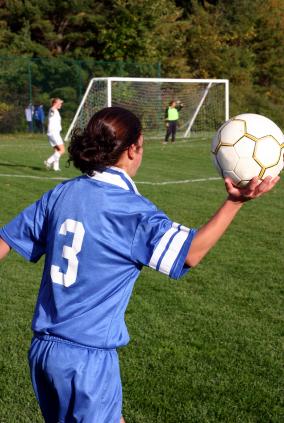
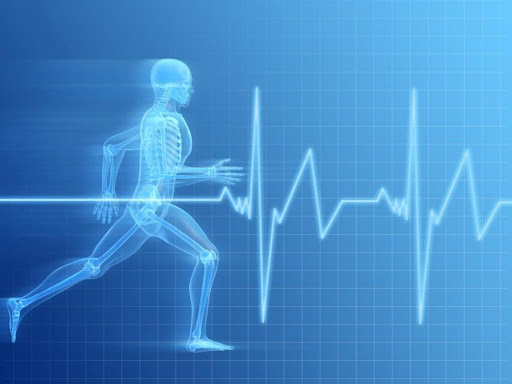
While prevention is job #1, sports injuries can happen. When they do, our return to sport specialist PT delivers high-quality care for your fast and safe injury recovery.
How IPT’s Sports Injury Rehab Helps You Recover Faster:PT
If you have sustained a sports injury, your rehabilitation should start immediately to ensure the quickest recovery possible. We will start with an injury evaluation and a biomechanical assessment to identify all the factors contributing to your injury. This will include identifying global weaknesses, muscle imbalances or loss of motion that may affect your recovery.
In addition to assessing your overall health, your sports PT will conduct a thorough history to understand more about your training schedule and sport specific demands on your body.
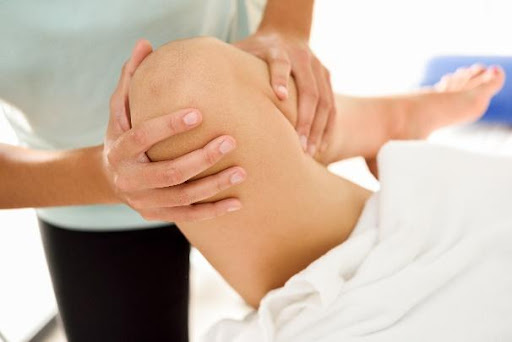
This information will be used to develop a comprehensive program that includes targeted manual therapy, pain relief modalities, three-dimensional proprioceptor mobility training and smart strengthening. Your treatment plan will create a targeted, individualized plan to promote accelerated recovery and future injury prevention. We will incorporate sport-specific treatments with a return to sport progression to assist a safe return to play.
How Working with a Sports Physical Therapist
Can Help Your Athletic Performance:
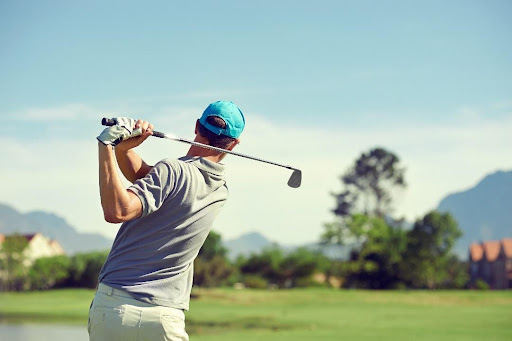
Athletes inherently push themselves to be better and accomplish new goals. Our movement experts will help you reach the peak of your performance by assisting you to avoid injuries while enhancing your technique.
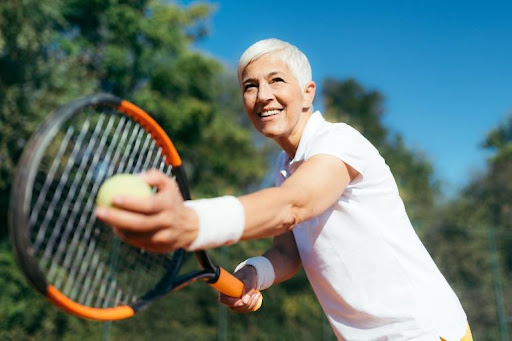
Our PTs our especially trained to understand the body’s movements in relation to gravity, mass and momentum and ground reaction forces. They have studied the body’s three- dimensional role of muscles, joints and proprioceptors and how each part interacts with the whole.
In other words, our PTs know the anatomy and biomechanics of functional activities like walking & running, as well as sport-specific tasks such as throwing, swinging, kicking, shooting and jumping. It is this education that makes the difference.
Particularly when the body has learned compensations to avoid pain and push through injuries.
Let IPT reveal and fix your compensations to optimize your movements and strength. AT IPT the therapist will break down the components of your sport activity and then train the body, specific joints, and muscles to optimize the 3D demands and the kinetic chain for your sport. It’s the smart choice in training & rehab.
Causes of Athletic/ Sports Injuries
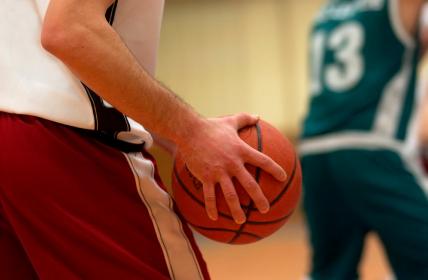
Knee, shoulder or ankle injury, stress fractures, spinal injury, and bone fractures are among the wide range of injuries that an athlete may experience. Some of the most common reasons for sports trauma include:
1. Repetitive Strain/Overuse Injury: Chronic inflammation (wear and tear) of joints, muscles, tendons that start from multiple factors like: faulty throwing techniques, running in ill-fitted shoes, improper / excessive training or improper grip on a tennis racquet to name a few.
2. Acute Sports trauma: One-third of all student-athletes will experience an injury related to playing sports. Acute injury is a sudden event such as a football player colliding with another, or a non-contact injury like a sudden change in direction or an award landing.
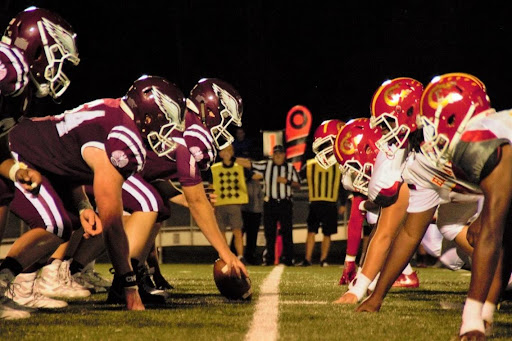
3. Imbalanced training sessions. Athletes risk severe pain and chronic injury when they overtrain certain parts of their bodies while ignoring others.
4. Improper rehabilitation. Effective treatment includes healing of damaged structures and tissues, followed by reconditioning of the musculotendinous complex.
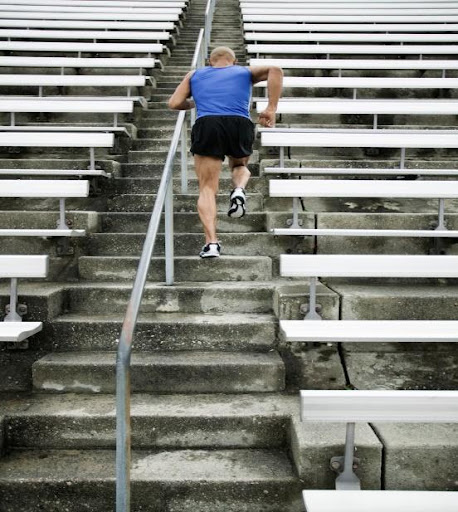
The Most Common Conditions of Sports Injuries:
Recreational athletes run the same risks for injuries that can lead to these common conditions as professional athletes.
- Strains/Sprains: Injuries to ligaments, muscles, tendons and fascia.
- Fractures: Injuries to bones.
- Tears: Injuries to any soft tissue including cartilage.
- Tendinitis: overuse or misuse strain/inflammation to tendons
- Bursitis: Swelling of the small fluid sacs that cushion tendon & bones.
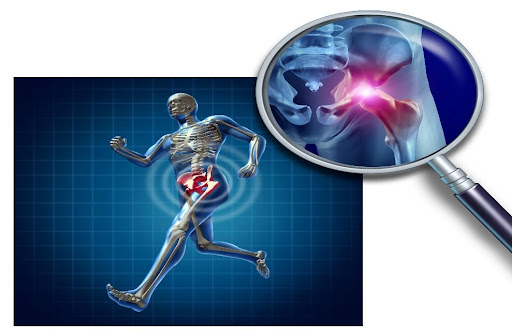
Conditions like:
- Shin splints
- Tennis / Golfers elbow
- Runner’s knee
- Groin Pulls and Hamstring Strain/Tears
- IT Band or Snapping
- Hip Syndrome
- Rotator Cuff injury
- Labral Tears
- FAI Femoral
- Acetabular
- Concussion
- Shoulder
- Impingement
- Ankle sprain
- ACL injuries
- Meniscus injury
- Swimmers shoulder
- Achilles tendonitis
- Post Surgical Rehab
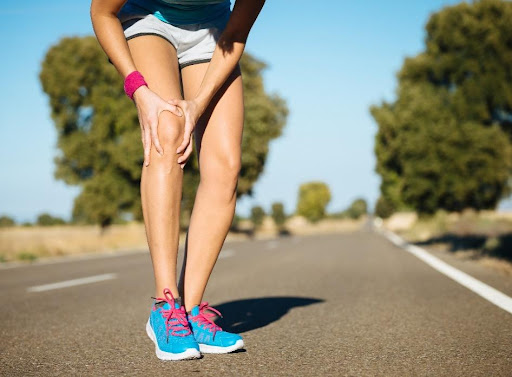
Honestly, anything that results in pain while performing physical activity can be considered a sports injury.
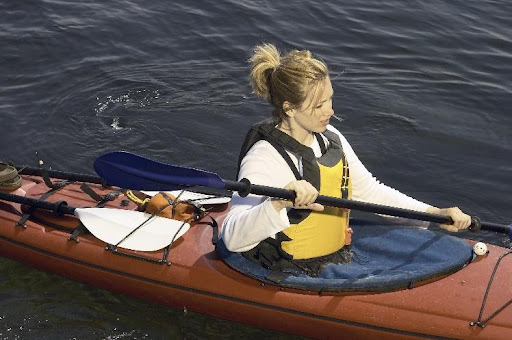

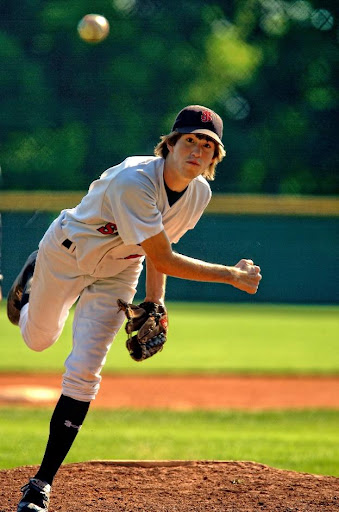
Overuse Injuries
In younger athletes, overuse injuries of the bones, muscles, and tendons account for over half of all sports injuries that middle and high school student athletes suffer from. Overuse injuries can be best described by a rubber band. If you pull on a rubber band, it will stretch and then return to its original shape. However, over time if you keep stretching it, the rubber band will begin to take on an elongated shape when it’s pulled on, until it finally breaks from the repeated motion of being pulled. However, often these injuries can be prevented by rest periods, and proper three-dimensional sport specific training of the kinetic chain! This takes a comprehensive biomechanical knowledge of the joints and muscles which our advanced PT training provides. Let IPT best prepare your athlete for the stresses that their sport may put on their body.
Traumatic Injuries
Traumatic injuries seem to be unavoidable, but there are ways to help prepare your body for these types of high stress injuries and even lessen the frequency.
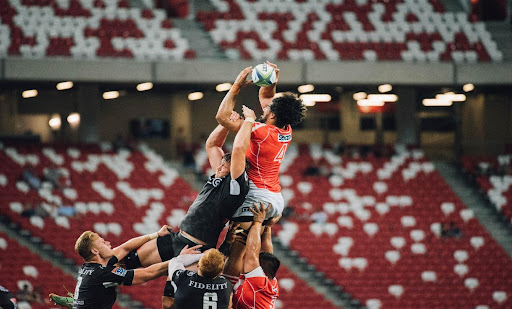
A Traumatic injury most commonly occurs when there is a violent collision, whether it is between two athletes, or an athlete and the ground. These injuries can affect bones, muscles, ligaments, and tendons. Certain body movements required by different sports can place strain on areas of the body that may not be structurally prepared to handle. Movements such as collisions, cutting, landing, pivoting, and over-striding can lead to a traumatic injury.
One-on-One Physical Therapy
Graston Technique, ART, Cupping & More
Full Body Biomechanical Assessments
Sport Specific Rehab/Training
Private Rooms
Trigger point therapy, Joint & Soft tissue mobilizations, MFR
Return to Sport Readiness Testing

